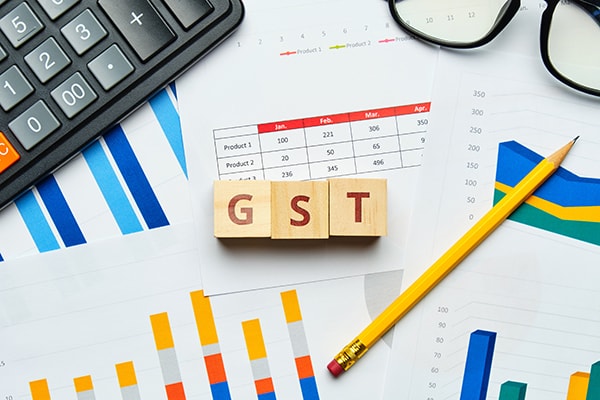E – Invoice Under GST
 GST By - CA Mounika
GST By - CA Mounika
What is E-Invoicing under GST?
- The GST Council, in their 35th Meeting, has decided to implement the Electronic Invoicing (E – Invoice), which will be applicable to Specified persons depends on the aggregate turnover.
- E – Invoice defines all B2B invoices, which are required to be generated electronically by the provider through the Receipt Enrollment Gateway (IRP). It generates Invoice Reference Number (IRN) and a QR Code which needs to be mentioned on E – Invoice.
Applicability of E Invoicing:
E invoice applicability has been done in 3 Phases:
- From 1st October 2021, all the businesses whose aggregate turnover exceeded RS. 500 crore limit in any of the preceding financial years from 2017-18 to 2019-20 Via Notification No.61/2020 – Central Tax.
- Then from 1st January 2021 e-invoicing might be prolonged to businesses with an aggregate turnover exceeding Rs.100 crore limit in any of the financial years between 2017-18 to 2019-20ViaNotification No.88/2020 – Central Tax.
- It is important to note that from 1st April 2021, E-invoicing will be made applicable to those businesses whose aggregate turnover exceeds the Rs.50 crore limit in any of the financial year from 2017-18 onwards Via Notification No.5/2021- Central Tax.
Process to Generate E – Invoice:
- Generate the Invoice data in a format of JSON either by using any accounting software or an offline tool which is prescribed by the Portal and then login and upload the e – invoice file in IRP.
- Once it validates with the mandatory fields in the E – Invoice, the invoice data is authenticated with IRN number and QR code.
- Then, IRP will send the authenticated Invoices to GST portal for GSTR 1purpose and the same has been forwarded to E Way bill portal as well.
Requirements in E – Invoice:
- Document Type code– Ex: INV/DBN/CRN
- Supplier Legal Name
- Supplier GSTIN
- Supplier Address
- Supplier Place
- Supplier State Code
- Supplier Pin Code
- Invoice Number
- Invoice Date
- Recipient Legal Name
- Buyer/Recipient’s GSTIN
- Buyer/Recipient’s Address
- Buyer/Recipient’s State Code
- Buyer/Recipient’s Pin Code
- Place of Supply State Code
- IRN – Invoice Reference Number
- Item Description
- HSN Code
- Accessable Value
- GST Rate
- IGST Value, CGST Value and SGST Value Separately
- Total Invoice Value
Points to be Noted in E – Invoice:
- E- Invoice can be canceled within 24 hrs. of generation and it should be reported into IRN for such cancellation of Invoices. If the prescribed time limit has been lapsed then the cancellation is not possible to make in IRN and manually should cancel the E invoice and update accordingly in GSTR 1.
- Special Economic Zones (SEZ) units is exempted from issuing e-invoices.
- Aggregate Turnover Inclusions: Taxable supplies, Exempt supplies, Non-taxable supply, Export of goods, Export of services, Inter-State supplies of persons having same PAN, supplies without consideration Exclusions: Inward supplies on which tax is payable under RCM, CGST, SGST, IGST and cess.
- E – Invoice is not applicable for NIL-rated or wholly-exempt supplies. As in this case only Bill of Supply is required to provide not a Tax Invoice.
- E – Invoice is not applicable to invoices issued by Input Service Distributor (ISD).
- No requirement to issue duplicate /triplicate copies of invoices when e-invoice is generated.
- Amendments to the E – invoice is not allowed on IRP once raised.
For any assistance or query or guidance, write us at info@sharmaandpagaria.com
CA Mounika
Indirect Tax – Manager, Sharma & Pagaria, Chartered Accountants, Bengaluru
Blog Disclaimer: “All information contained herewith is provided for reference purpose only. Sharma & Pagaria, Chartered Accountants (S&P CA) ensures accuracy and reliability of the information to the best of its endeavours. While the information contained within this Blog is updated, no guarantee is given that the information provided in this Blog is correct, complete, and up to date. S&P CA makes no warranty or representation as to the accuracy, completeness, or reliability of any of the information contained herein and disclaim any and all liability whatsoever to any person for any damage or loss of any nature arising from or as a result of reliance on any of the information provided herein. The information contained in this Blog is not intended to provide any professional advice.

